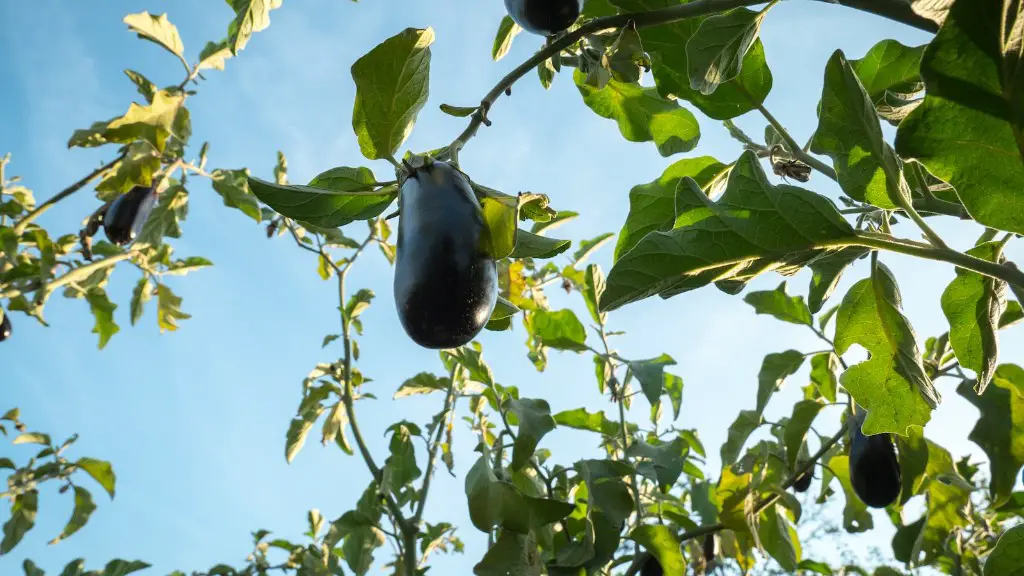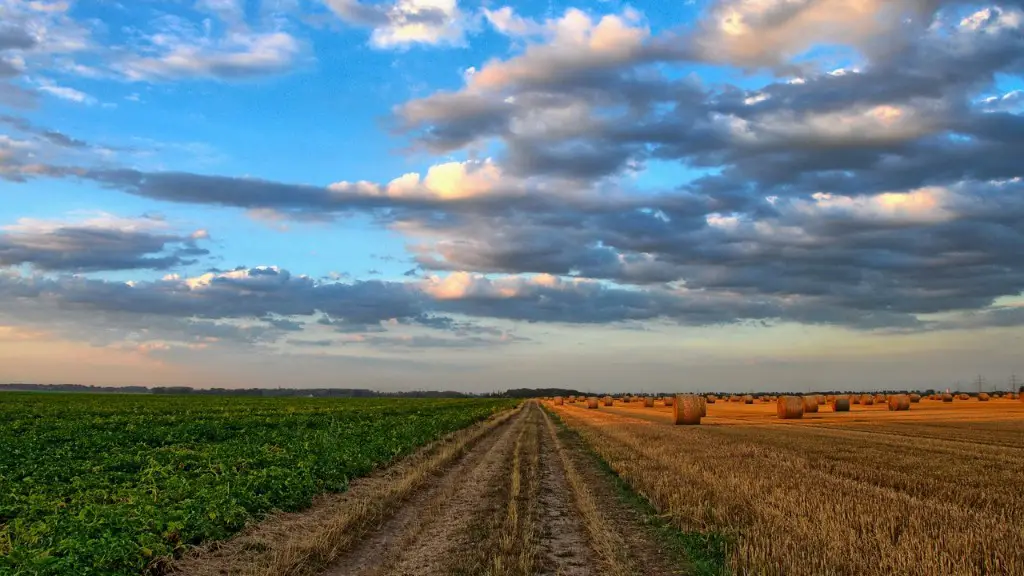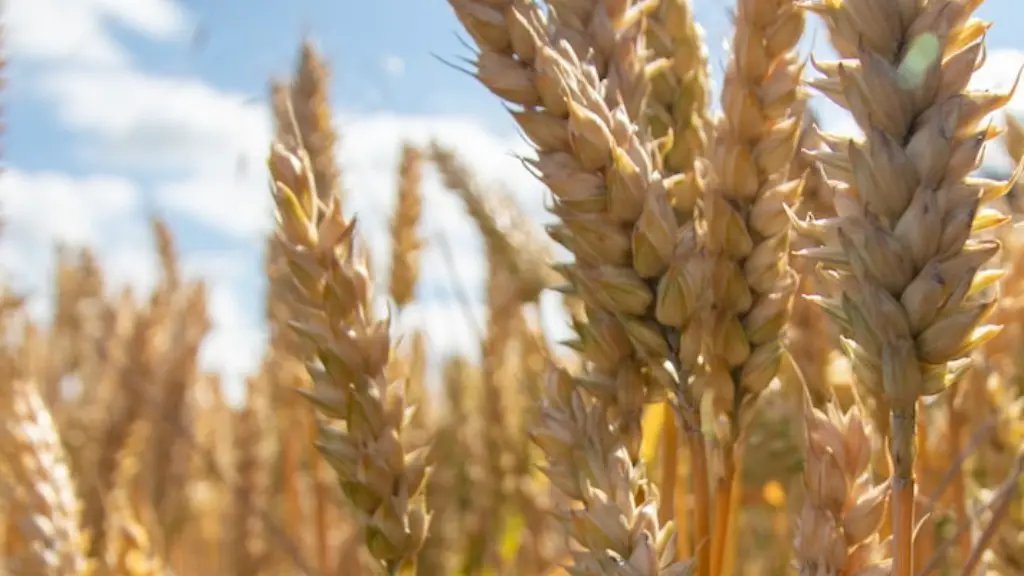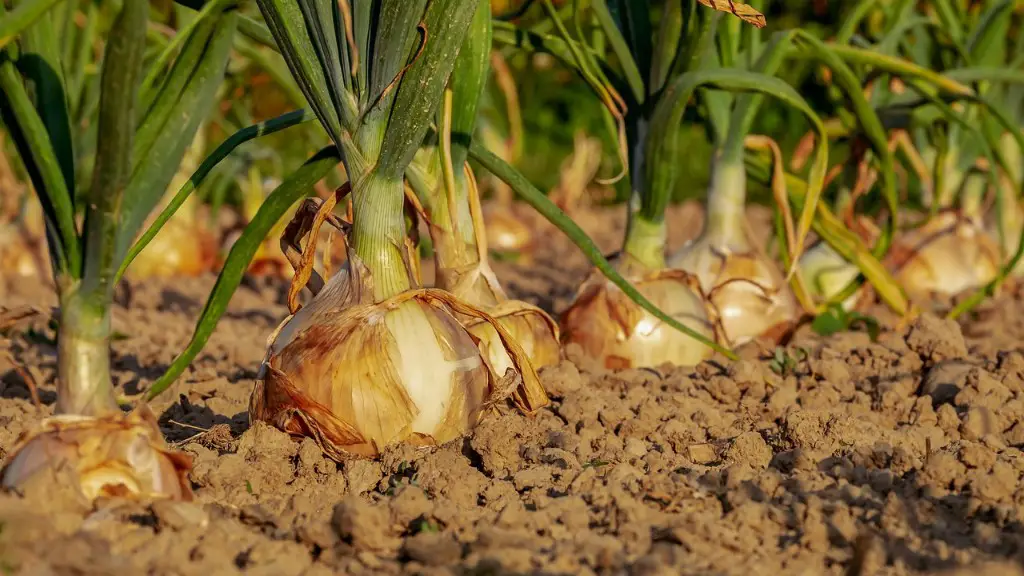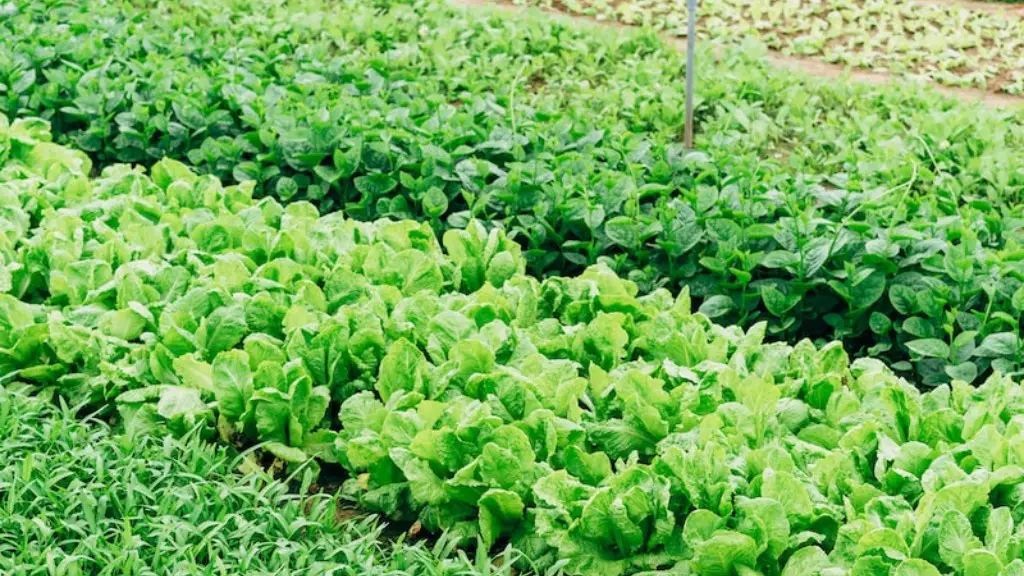Aquaculture is an ecological management technique used to cultivate aquatic organisms, such as fish, crustaceans, and molluscs, in order to produce edible products. It is an important part of modern-day agriculture, and often overlooked due to its relative newness and complexity compared to other agricultural practices. Aquaculture offers many advantages to farmers, such as increased production, improved environmental sustainability, and a decrease in labor costs. This makes it an attractive option for those looking to diversify their crops and take advantage of new technologies.
As a form of agriculture, aquaculture has certain key similarities to more established agricultural practices. Firstly, it involves the raising of aquatic organisms under controlled conditions in order to produce food. Like traditional agriculture, aquaculture makes use of land and water resources to ensure optimal growth and yield. Similarly, both systems operate under applied management principles and the principles of sustainability. However, aquaculture differs substantially from traditional agricultural practices due to its intensified nature, which can result in greater yield per unit of land and water.
In terms of economic and environmental sustainability, aquaculture offers significant advantages. As with traditional agriculture, it allows for a continuous harvest, thus increasing the amount of crops available to farmers. Furthermore, it requires little tillage or water, leading to lower input costs. Moreover, there are no exhaustible soil or water resources, which means that the resources used in aquaculture are renewable and can be used indefinitely. This makes aquaculture an economically and environmentally sustainable form of agriculture.
In addition, aquaculture has the potential to reduce poverty, hunger, and malnutrition. It is an important source of employment for rural dwellers, offering them an alternative to subsistence farming. Furthermore, because it uses fewer inputs than traditional farming, it is often less expensive to both produce and consume. This is especially beneficial in impoverished areas, where access to fresh, nutritious food can be limited.
Despite its many benefits, there are a number of disadvantages associated with aquaculture. The environmental impact of the process can be significant, as the products are often dependent on non-sustainable inputs such as antibiotics and genetically modified organisms. Additionally, the large scale nature of the farming process can produce significant amounts of pollution, including the release of nutrients, toxins, and hormones into the water system. Lastly, the mechanized approach to aquaculture can cause disruption to both the aquatic and terrestrial ecosystems.
Impacts of Aquaculture on Ecosystems
Aquaculture can have both positive and negative impacts on ecosystems, both aquatic and terrestrial. On the positive side, aquaculture can introduce valuable nutrients, such as nitrogen and phosphorus, into shallow coastal waters, and can provide a refuge for aquatic species, particularly those in decline. In addition, it can help restore populations of invertebrates and fish that may have been impacted by overfishing or pollution.
On the negative side, aquaculture can lead to degradation of habitats, increased nutrient levels, and the introduction of nonnative and predatory species. In addition, fish farming operations can leave behind residues of antibiotics and other chemicals which can potentially disrupt the health of ecosystems. As a result, it is important to use caution when evaluating aquaculture farms, particularly with regards to the potential impacts on marine and terrestrial ecosystems.
Aquacultural Practices
Aquaculture is a highly technical form of agriculture, with a diverse range of practices used to ensure that the aquatic organisms being farmed are healthy and productive. Practices such as cage systems, fish netting, and stocking are commonly employed in aquaculture, with each approach having its own set of advantages and disadvantages. Selection of the right aquacultural practice depends upon the species being raised and the desired end product.
Cage systems offer several advantages over other aquacultural methods, such as reducing the risk of predation and easy access to the fish for harvesting or other management activities. Fish netting is a more labor-intensive practice, requiring the use of large nets to collect fish. This technique is used to prevent escapes and maintain fish stocks during the spawning season. Stocking involves the release of young fish, typically collected from hatcheries, into the aquacultural environment.
Advanced aquaculture practices include the use of hydroponics, water filtration systems, and recirculating aquaculture systems. Hydroponic systems allow aquatic organisms to be cultured in nutrient-rich water, while water filtration systems are effective in removing environmental contaminants from a farming environment. Recirculating aquaculture systems involve the reuse of water in order to sustain fish populations. In addition, genetic modifications are being developed in order to enhance the productivity of certain species.
Aquaculture and the Environment
Just like any other agricultural practice, aquaculture has the potential to cause negative environmental impacts, particularly when undertaken on a large scale. As such, it is important to take steps to ensure that aquacultural practices are as sustainable as possible. These steps include implementing effective wastewater management, controlling nutrient runoff and input levels to prevent overfeeding, and reducing the risk of disease transmission by regulating stocking densities.
In addition, regulations should be in place to ensure that farms do not exceed the carrying capacity of their respective ecosystems. These regulations should also address issues of sustainability, ensuring that limited natural resources are not over-exploited. Aquaculturists should also strive to create an environment which is conducive to the health and longevity of the aquatic species being farmed.
Economic Impact of Aquaculture
Aquaculture has the potential to provide financial benefits to both economies and the individuals involved. Aquaculture allows for the production of food on a steady and consistent basis, which can lead to increased profits for the farmers involved. It can also offer employment opportunities, particularly in rural areas, thus providing rural dwellers with an alternative to subsistence farming.
On a global level, aquaculture can contribute to food security, particularly in countries where access to fresh and nutritious food is limited. Furthermore, it has the potential to become an important export for many countries. Finally, aquaculture can contribute to the conservation of marine and freshwater ecosystems by providing an alternative to habitat damage caused by overfishing.
Aquaculture and the Future
The future of aquaculture is an exciting one. Thanks to advances in biotechnology, there are a number of novel approaches to aquaculture which promise to revolutionize the industry. For instance, bioreactors are being developed that can be used to produce high-energy feedstocks for the aquacultural industry, reducing production costs significantly. Similarly, advances in gene editing technology have opened up exciting new possibilities for increasing the productivity of aquacultural operations and improving animal health.
In addition, research is being conducted into the development of “smart” technologies that can be used to optimize aquacultural production. These technologies include monitoring systems, which allow farmers to review important data such as water quality, temperature, and feed levels to ensure optimal conditions for the production of the desired aquatic species. Remote sensing, robotic systems, and advanced analytics are all being explored as a means of optimizing the aquacultural process.
Aquaculture has come a long way in recent decades, and there is still much potential for the industry to grow. With proper management, aquacultural practices have the potential to become an important and sustainable form of food production that can contribute to global food security and economic development.
